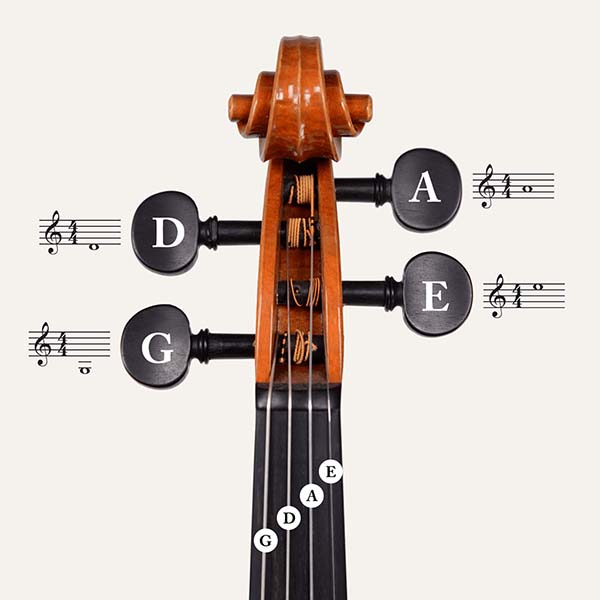By Jasmine Reese - Why do we drill scales in each practice session? At the very basic level, we know they help us to identify major and minor intervals, and develop accurate finger placement on our instruments with a good ear (intonation).
However, there are a few more reasons. Scales are the building blocks of most all music. We aren't getting the best use of them if we only think of them as a way to memorize and find notes on our fingerboards.
Ways to Utilize Scales in String Practice
Scale practice is the opportunity to strip away the complexity of our repertoire and focus on the technical aspects of our playing. Therefore, it's important to implement the following.
Finger patterns. Finger patterns are how you place your fingers on the board for a sequence of notes. We use scales to learn different ways to execute a series of notes in the simplest way possible.
This also helps to build up our finger dexterity, putting our digits in different combinations so as to unlock our ability to move them faster in virtuosic pieces and tunes.
Practicing finger patterns on scales of different major and minor keys is like reciting tongue twisters every day. At first, you start out slowly, but soon you get faster, and your words are no longer unclear, jumbled, or tripping over each other.
It's the same with your fingers on your instrument.
Rhythm. Always use a metronome! We recommend setting it in between 50 and 60 beats. Of course, practice scales in a straight-forward manner with half, quarter, eighth, sixteenth, and 32nd notes.
However, scales present the perfect opportunity to learn more difficult rhythms, such as sextuplets and quarter note triplets.
This gets our fingers and bow hand ready for the complex rhythms we may encounter in our repertoire.
Furthermore, rhythm practice on a scale, like finger patterns, prepares your hand and bow arm for the different movements it will encounter in various music. It teaches your right and left hand to better coordinate with each other, but to also operate well separately.
Tone. We also use scales to develop our tone, learning bow speed, sounding point, and pressure. We'll practice different dynamics, such as piano and fortissimo. You can also use scales to practice other techniques such as sul ponticello, collé, and up-bow staccato.
Theory. Of course, we learn the theory behind the execution and sound of a scale. We also can learn how keys and different chords are built from scales. Knowing a scale inside and out also sets a great foundation for improvisation. Finger patterns and rhythm practice will also build a better foundation for improvisation and playing back up for singers and other musicians.
Most music is a scale with some missing, added, and accidental intervals. Practicing the above means developing light-speed sightreading skills.
It is no secret, then, that the best musicians are those who have mastered the fundamental execution of a scale.
Keep practicing your scales!





